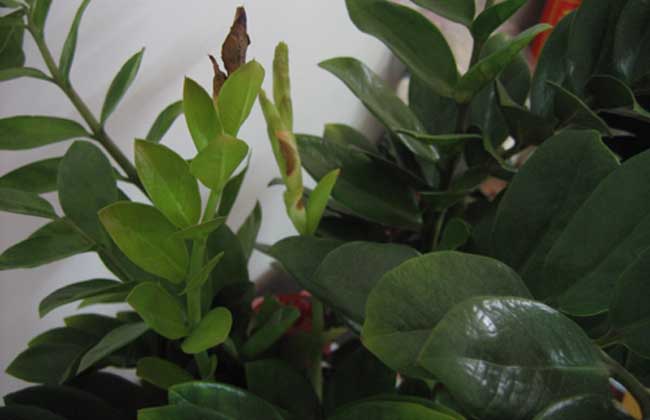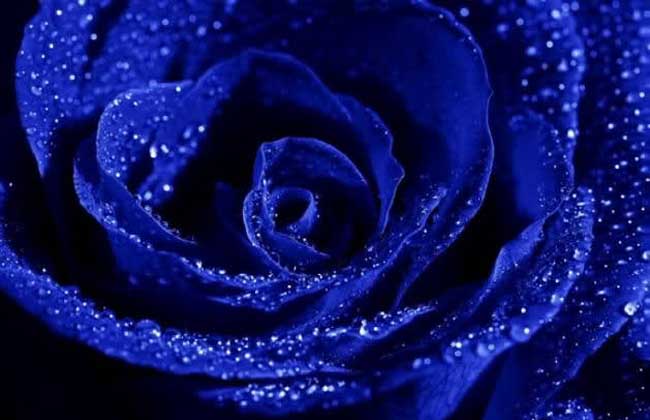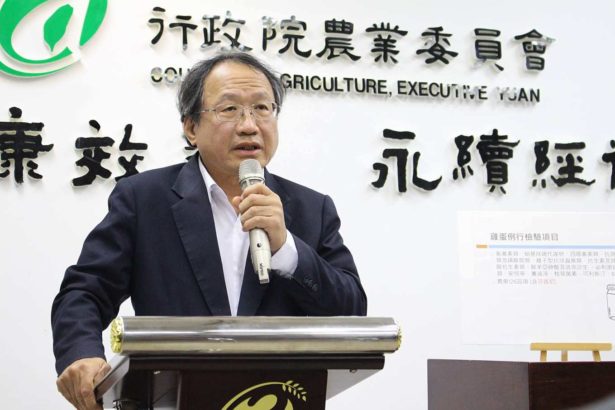The market price of the money tree

Artemisia mandshurica is a perennial evergreen herb native to tropical Africa. Since the introduction of the market because of its artistic appreciation and auspicious name, people like it and quickly become popular in the green potted plant market. Let's take a look at the market price of the money tree.
The market price of the money tree
The market price of the money tree is determined according to its height. Generally, the market price of the money tree with a height of about 18 centimeters is about 25 yuan, the price of a money tree with a height of 20 centimeters is about 30 yuan, and the one with a height of 40 centimeters is about 200 yuan.
The growth habits of the money tree
Artemisia mandshurica likes the environment with warm heat, slightly dry, semi-overcast and small annual temperature change, and is more resistant to drought, but it is afraid of cold, avoid strong light exposure, and is afraid of soil viscosity and stagnant water in the basin soil. if the basin soil is not permeable, it can easily lead to its tuber rot. the soil is required to be loose and fertile, well drained, rich in organic matter and acidic to slightly acidic.
The culture method of money tree
The main results are as follows: 1. Temperature management: the suitable temperature for the growth of Artemisia angustifolia is 20-32 ℃. Whether potted or planted on the ground, the average annual temperature change is small, and productive cultivation should be carried out in a greenhouse with controllable temperature. Every summer, when the temperature is more than 35 ℃, the growth of the plant is poor. Measures such as covering the black net to shade the light and spraying water to the surrounding environment should be taken to reduce the temperature so as to create a suitable environment with suitable space temperature and dryness. It is best to maintain the greenhouse temperature above 10 ℃ in winter. If the room temperature is lower than 5 ℃, it is easy to cause cold damage and seriously endanger the survival of the plant. In late autumn and early winter, when the temperature drops below 8 ℃, it should be transferred to the room with plenty of light, and the temperature should be kept between 8 ℃-10 ℃ during the whole overwintering period, which is more safe and reliable.
2. Light control: the money tree likes light and has strong shade tolerance, so it should create an environment with good sunshine but a certain degree of shade, avoid strong light, especially avoid the hot sun exposure after long rain and early sunshine in late spring and early summer and the unsheltered strong light baking for 5-6 hours before and after noon in summer, otherwise it is very easy to burn the newly drawn young leaves. In productive cultivation, it should be placed under a shade of 50-70% shade from the end of spring to the Mid-Autumn Festival, but it should not be too dark, otherwise it will lead to slender leaves, yellowing leaves and sparse leaflet spacing, thus affecting the compactness and beauty of the plant. Supplementary light should be given to potted plants transferred to the greenhouse in winter. If the water in the basin soil is kept dry, the plant can be kept disease-free for a long time. In addition, the newly extracted pinnate compound leaves do not show obvious phototaxis, and the plant type is good.
3. Water management: during productive cultivation, the plants placed in the greenhouse should be sprayed with water once a day when the room temperature is more than 33 ℃. Because the plant has strong drought tolerance, it is better to keep the basin soil slightly wet and dry, but the occasional excessive watering and fertilizer will not cause root rot. In winter, we should pay attention to spraying water to the leaf surface and the surrounding environment, so that the relative air humidity can reach more than 50%. After the Mid-Autumn Festival, we should reduce watering, or spray water instead of watering, in order to help the newly drawn tender leaves pass the winter safely. In addition, in winter, we should pay special attention to the basin soil should not be too wet, it is better to be too dry, otherwise under the condition of low temperature, too wet basin soil is more likely to lead to plant root rot, or even death of the whole plant.
4. Soil selection: the special climatic conditions of the origin of the tree make it form a strong drought resistance, so the basic requirement for the cultivation substrate is good permeability. The basic requirement of cultivation substrate is good permeability. The cultivation medium is mainly mixed with peat, coarse sand or washed cinder and a small amount of garden soil, and its PH value is adjusted to 6-6.5, showing a slightly acidic state. Because of its large tuber, developed root system and long pinnate compound leaves, its growth should be observed in time during the growing season to decide whether to change the basin or not. Always maintain the good permeability of the cultivation substrate, in order to create a good root environment with good air permeability and water filtration. Check frequently during the rainy season, and when it is found that there is stagnant water in the basin, turn the basin and change the soil in time.
5. Fertilizer management: the tree is more fond of fertilizer. In addition to adding appropriate amount of retted cake fertilizer or multi-component slow-release compound fertilizer to the cultivation substrate, 0.2% urea and 0.1% potassium dihydrogen phosphate mixture can be applied 2-3 times a month during the growing season, or 20-10-20 balance fertilizer with 200-250ppm combined with calcium nitrate can be applied. After the Mid-Autumn Festival, in order to enable it to survive the winter safely, nitrogen fertilizer should be stopped and 0.3% potassium dihydrogen phosphate solution should be applied continuously for 2-3 times to promote the hardening and enrichment of its young leaf axis and newly drawn leaves. When the temperature drops below 15 ℃, all forms of topdressing should be stopped so as not to damage the roots under the condition of low temperature.
- Prev

How much is the blue witch?
How much is the blue witch?
- Next

The inspection of Finney eggs was delayed for more than 10 days, and the Agricultural Committee asked the Central Livestock Association to complete it within 48 hours.
The inspection of Finney eggs was delayed for more than 10 days, and the Agricultural Committee asked the Central Livestock Association to complete it within 48 hours.
Related
- A course of planting techniques and methods on how to grow carrots
- How to plant the latest tulips?
- Is it better to pick tea in the morning or in the afternoon? When is the best time for tea to be picked? what is the third or fifth tea?
- Launch Yuanxiao Happy combination Haocha + Tea Yuan healthy Taste
- Penghu Tourism "Fireworks 20 Parade with You"
- 2022 West Lake Happiness holds "Digital Revitalization Voucher" and draws iphone13 and laptop.
- Banqiao Fuzhou social houses are designed to change start-up combined with police elimination to create a safe and livable environment
- The convenient measure of "mechanical weeding" in Xinbei has been abused and the Agriculture Bureau has imposed heavy penalties on the illegal land consolidation.
- Changgeng University Joins Hands with Four Memory Factories to Rescue Memory Talent Shortage
- The list of Taiwan's top 100 MVP managers is listed by the Director-General of the Farmers' Association of Sanxia District.

